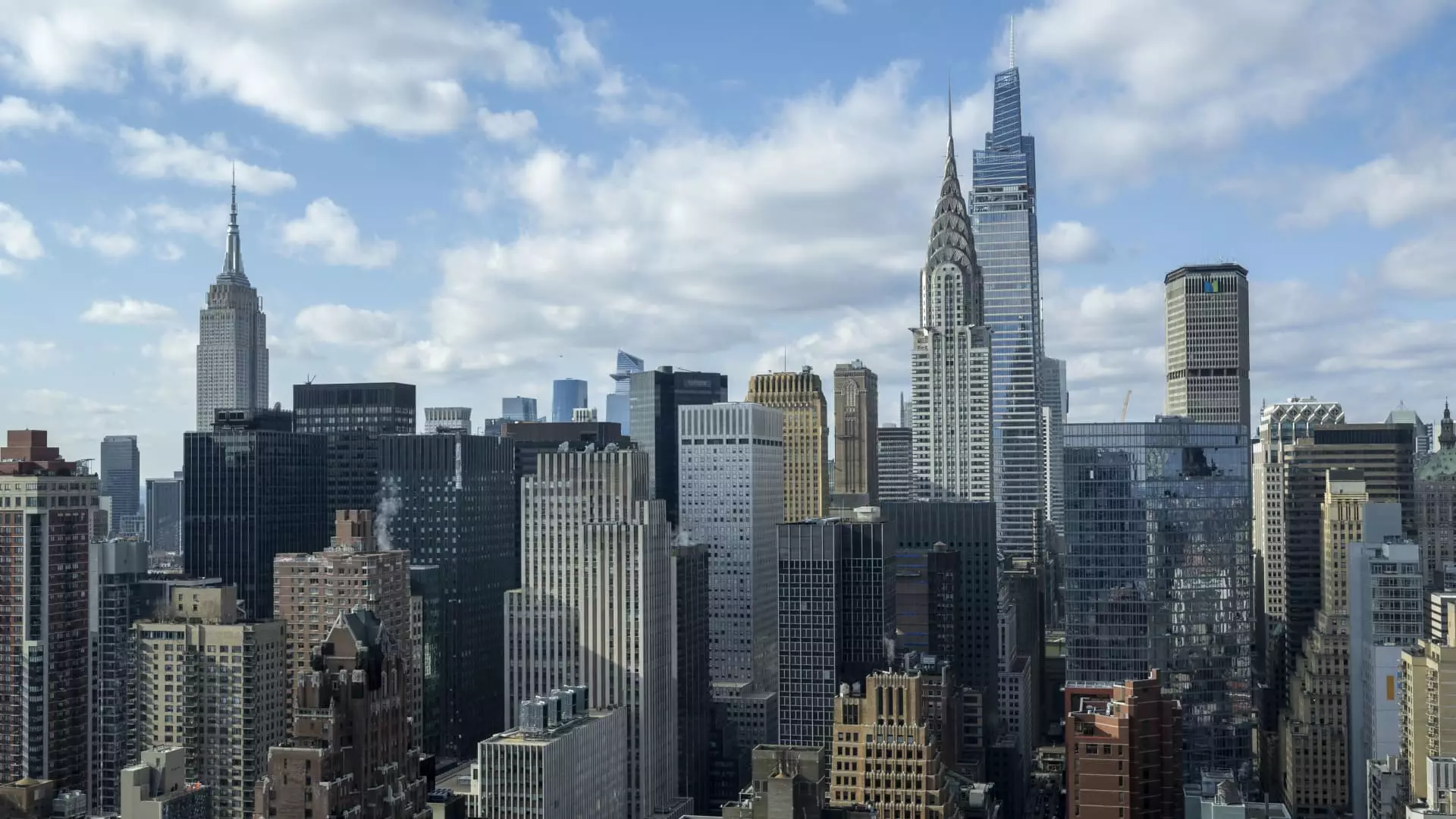The post-pandemic landscape of New York City is undergoing a significant transformation, particularly in the commercial real estate sector. As the health crisis recedes, demand for office space has surged, returning to levels not seen since before the pandemic. This resurgence is not merely a fleeting trend but rather a reflection of shifting workplace dynamics and changing employer strategies aimed at fostering a collaborative work environment.
Recent statistics unveiled by VTS highlight a dramatic 25% increase in office demand during the fourth quarter of the year compared to the prior year. This metric, which gauges demand through unique tenant property tours, serves as an early indicator of upcoming leasing activities. According to industry experts, this spike manifests the unique interplay of cultural and economic factors that characterize New York City, particularly in its influential finance and technology sectors.
“New York City’s return to in-office work speaks volumes about its vital positioning within the economy,” stated Nick Romito, CEO of VTS. With an influx of workers re-entering the workforce and employers now urging employees to return to physical office spaces, there is a foundational shift in how businesses view their operational needs. This trend suggests that as employees head back into the office, the demand for space will only intensify.
SL Green Realty Corp, a significant player in Manhattan’s office and retail real estate, has reported mixed performance in terms of revenue but remains optimistic about the tightening office market. Despite falling short of revenue expectations, analysts attribute the company’s prospects to an increase in leasing demand. CEO Marc Holliday emphasized the projected emergence of approximately 38,000 new office-using jobs by 2025, particularly within finance, business services, and IT sectors, which indicates substantial potential for square footage absorption in the coming years.
The sentiments echoed by Holliday were striking. He highlighted that the increasing trend of companies calling employees back into the office four to five days a week creates a strong foundation for office space demand, stating, “We expect very robust demand for office space throughout 2025.” This prediction rings particularly true considering that SL Green’s occupancy rates have now reached an impressive 92.5%, with projections for even higher occupancy in the year ahead.
A notable example of the growing confidence in the office market can be observed through tech giant IBM, which signed a lease for a significant expansion at One Madison Avenue with SL Green. This move, which adds 92,663 square feet to IBM’s existing footprint, reinforces the company’s commitment to cultivating a collaborative and engaging workplace environment. Joanne Wright, IBM’s senior vice president, articulated this commitment, emphasizing the importance of providing spaces that foster interaction among employees, partners, and clients.
Such corporate maneuvers highlight a strategic pivot among large organizations that recognize the inherent value in direct human interaction. It reinforces the notion that despite advancements in remote work technologies, the office environment remains vital for collaborative innovation and productivity.
While New York City undoubtedly leads the way in office demand recovery, other cities are making headway as well. San Francisco recorded a 32% annual growth rate in demand, outperforming New York City, albeit from a weaker starting point. Meanwhile, cities like Seattle and Chicago experienced approximately 15% growth, driven largely by the rising acceptance of hybrid work models that emphasize consistent in-office attendance.
The broader national framework reveals that while some markets are rapidly returning to pre-pandemic norms, the overall recovery appears measured and incremental. According to Ryan Masiello, chief strategy officer of VTS, this national uptick of 12% in demand in the fourth quarter suggests that businesses are willing to invest in real estate “despite economic uncertainty.”
As the city embraces this resurgence in office occupancy, the prevailing confidence among corporate leaders may indicate a permanent shift in workplace strategy. The transformation hints at a future where in-office collaboration is not only valued but also integral to business success. While challenges remain, the upward trajectory in demand for office space in New York City reflects a broader adaptability within the workforce, suggesting that the future of work may not be solely dictated by remote arrangements but rather by a hybrid model that blends the best of both worlds.

